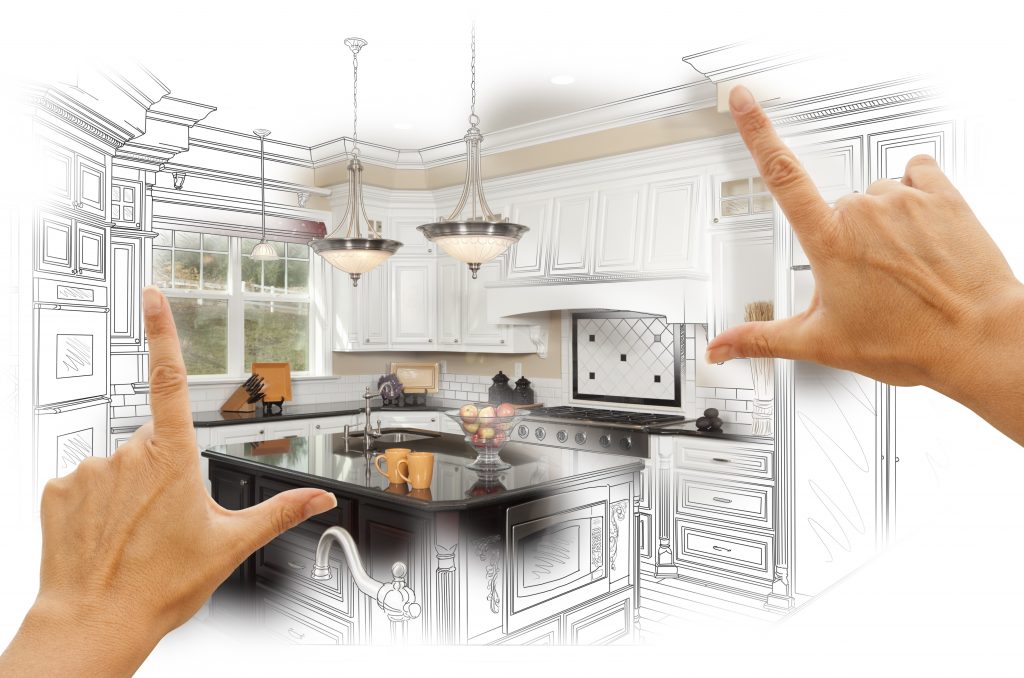Commercial HVAC systems differ from residential systems in several key ways, from the size of their equipment to the types of spaces they heat and cool. Nevertheless, the basic principles of heating and cooling remain the same: air moves across evaporator coils or through furnaces to warm or cool it, adjusting the ambient temperature. Commercial HVAC systems are larger than residential ones and utilize many more parts to provide adequate temperatures control for large buildings like offices and hotels.
A professional HVAC and mechanical contractor will help you determine which system is right for your building, based on factors such as the size of your space, how much heat your business generates, energy efficiency requirements, and indoor air quality (IAQ) needs. They can also perform an audit of your current system and recommend any changes needed to meet your goals.
An HVAC system can be installed during new construction or as part of an upgrade for older buildings. They can also be retrofitted to existing structures, which is more affordable than installing a new system. A retrofit can be performed on an entire building or in specific rooms, such as the office, warehouse, or gym.
Commercial hvac systems hvac services near me typically use ductwork to distribute heated and cooled air throughout the building, using the principle that hot air rises and cold air falls. They can also incorporate ventilation to bring fresh air in from outside and push stuffy, polluted air out.
Depending on the type of building and its uses, there are three main configurations for commercial HVAC systems:
Packaged units are all-in-one units that include an air conditioner, condenser, and evaporator. They work well in areas with limited space because they do not require the installation of a separate furnace and air handler. They are an economical choice and typically have a SEER rating of 13.
Multi-split ductless systems have one outdoor unit connected to multiple indoor air handling units. They are popular in small commercial applications such as freestanding stores, small medical clinics, and similar spaces. VRF and VRV systems are more complex, requiring an inverter and either a single or multi-split indoor air handling unit. They can provide both heating and cooling, making them ideal for large open spaces such as hotel rooms and office suites.
HVAC components can produce an entire symphony of noises when they experience problems, including squeaking from the presence of lubricant, vibration from an unbalanced fan, thudding from encumbered fans, buzzing and hissing from refrigerant leaks, or booming from pilot light failure. If you notice any of these sounds, it is a good idea to shut the system off and call in a professional to diagnose the problem.
A professional technician will be able to identify the cause of any issues and repair them before they escalate. They should be certified to work on both large and small HVAC systems and have a working knowledge of how all equipment in a system works together. They should also be familiar with local codes and regulations related to working on commercial systems.

